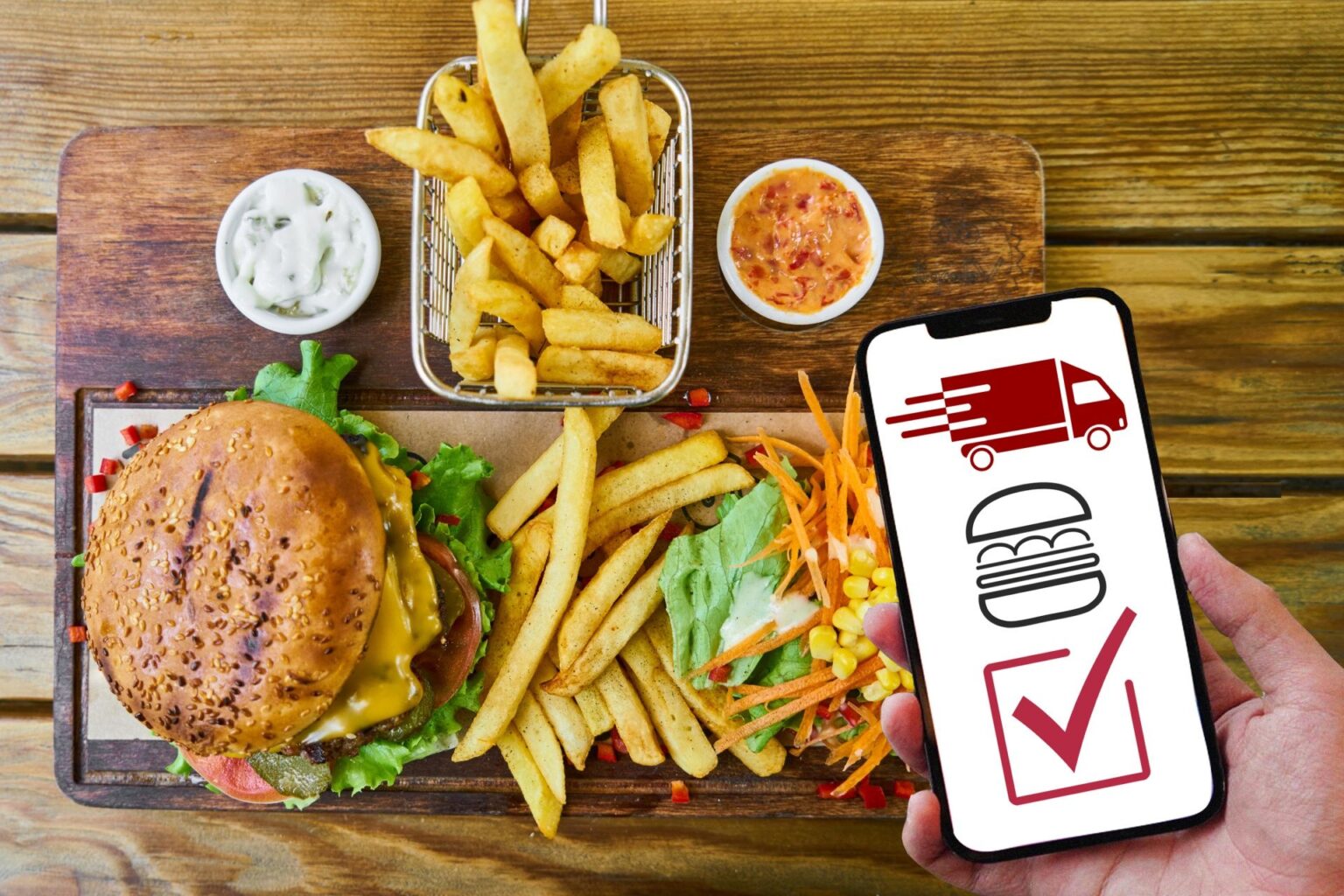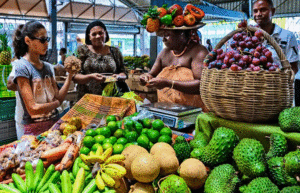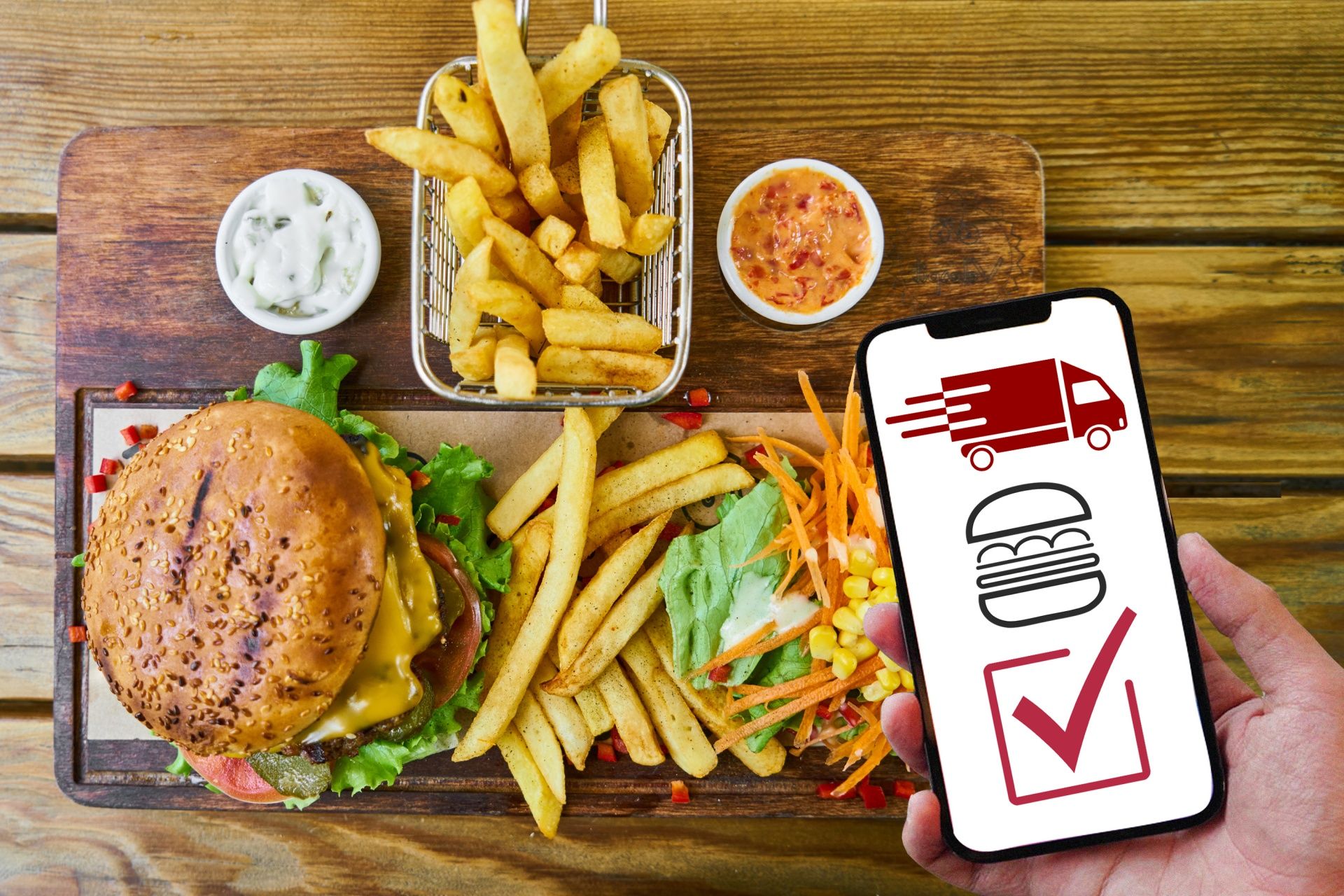Introduction
Starting a food delivery business in the Caribbean offers you the chance to serve a region known for its stunning landscapes, rich history, and vibrant culture. The Caribbean consists of over 7,000 islands, including popular destinations like Jamaica, Barbados, and the Bahamas, each with its own distinct flavor and lifestyle.
Tourism drives much of the economy, but you also find thriving local communities with a demand for convenient dining options. The islands’ diverse culinary traditions—ranging from jerk chicken in Jamaica to seafood dishes in the Bahamas—provide you with the opportunity to cater to both tourists and residents.
However, you must consider logistical challenges like inter-island transportation, differing regulations, and varying infrastructure across locations. By understanding the region’s unique characteristics, you can strategically position your food delivery business for success.
1. Research Market Demand
Understanding market demand is crucial when starting your food delivery business in the Caribbean. You need to analyze the local preferences, focusing on how people in different islands or regions approach food and delivery services.
For example, in tourist-heavy areas like the Bahamas or St. Lucia, you can target international cuisines catering to visitors, while local communities may prefer traditional Caribbean dishes.
Research how competition operates on the specific islands you want to serve. In smaller, less developed locations, the demand for delivery services may be untapped but logistically more challenging.
Conduct surveys or interviews with locals and restaurant owners to understand the type of food and delivery services are common. Additionally, tourism statistics can guide you on the high seasons when food demand spikes.
Evaluate existing delivery apps and services in the Caribbean to identify gaps you can fill, such as late-night delivery or specialized cuisine options.
2. Choose a Target Location
You need to select the right target location in the Caribbean as it is essential for your food delivery business. Different islands present varying opportunities based on population density, tourism activity, and infrastructure.
For example, you may find that larger islands like Puerto Rico or Jamaica have more established food delivery markets but offer a wider customer base and better infrastructure. On smaller islands like St. Kitts or Anguilla, the competition may be less intense, but logistics and local transportation could be more challenging.
Identify whether the region you choose is more tourist-focused or caters mainly to residents. In places like the Cayman Islands, you can benefit from a mix of high-end tourists and local professionals.
However, you must also assess road conditions, the availability of delivery drivers, and even the seasonality of certain areas. Local culture and business regulations will impact how you establish and scale your delivery services across the Caribbean.
3. Register Your Business
Registering your business is a key step to launching your food delivery service in the Caribbean. Business regulations vary from island to island, so you must familiarize yourself with the specific requirements for the country where you plan to operate.
For example, in the Dominican Republic, the registration process involves filing with the National Office of Industrial Property, while in Barbados, you will need to go through the Corporate Affairs and Intellectual Property Office.
Each country in the Caribbean has its own set of business licensing and tax obligations, which you must meet to ensure your food delivery business is legally compliant. Explore any incentives or tax breaks available to small businesses or startups in certain Caribbean countries.
Some islands, like St. Lucia, may offer you business grants or tax exemptions as an entrepreneur. Consulting a local attorney or business advisor is critical to understanding local laws, such as health regulations and insurance requirements.
4. Secure Necessary Permits
Ensure you secure the necessary permits as it is a crucial part of establishing your food delivery business in the Caribbean. Depending on the island you operate in, you will need to navigate specific health, safety, and transportation regulations.
For example, in Jamaica, you will need food handling permits from the Ministry of Health, while in Trinidad and Tobago, you may need a food service permit in addition to business registration. Since your delivery drivers handle food, you should also comply with hygiene standards that are mandatory in most Caribbean countries.
You must also ensure that your vehicles meet local standards for commercial use, and if you are using motorbikes, check specific regulations like helmet laws or insurance policies, which differ between islands.
In countries like Barbados, your delivery business may need to comply with environmental laws if using disposable packaging. Understanding the local regulatory landscape is key to keeping your business fully compliant and operational.
5. Partner with Restaurants
Partnering with local restaurants is essential when starting your food delivery business in the Caribbean. You need to establish relationships with popular eateries so you can gain access to a variety of cuisines that will appeal to both locals and tourists.
In islands like Barbados, known for its bustling culinary scene, you can target high-traffic areas where restaurants cater to tourists and residents alike. Building these partnerships requires that you understand the specific needs of restaurant owners, such as delivery logistics and maintaining food quality during transit.
You should offer competitive commission rates and provide reliable delivery services to encourage long-term collaborations. On smaller islands like Grenada, it is crucial you partner with local, family-owned restaurants that may not have the resources for their own delivery services.
6. Set a Delivery System
Do not forget to set up your delivery system because it is a critical component of starting a food delivery business in the Caribbean. Each island presents unique logistical challenges, such as varying road conditions, limited infrastructure, and geographical distance between restaurants and customers.
In islands like St. Vincent, narrow and winding roads may slow delivery times, so you need to develop a reliable system that accounts for these challenges. Consider using motorcycles or bicycles in congested areas, like downtown Bridgetown in Barbados, to speed up delivery during busy periods.
You must also invest in GPS and route optimization software tailored to the Caribbean’s specific terrain. In tourist-heavy areas such as the Bahamas, providing multilingual support for both drivers and customers enhances the experience and ensures efficient communication.
Furthermore, reliable temperature-controlled containers are necessary to maintain food quality, particularly in the Caribbean’s hot climate, ensuring customers receive fresh and appealing meals.
7. Develop a Mobile App
Developing a mobile app for your food delivery business is essential for success in the Caribbean market. The app must be user-friendly and designed to cater to both tourists and locals, ensuring it works across multiple islands with varying internet connectivity levels.
In places like the Cayman Islands, where high tourist traffic is common, offering multiple language options in the app will help you reach a broader audience. Additionally, ensure that your app can handle secure payment options in different currencies, as tourists may prefer to pay in U.S. dollars, while locals use Caribbean currencies.
You should include features such as real-time delivery tracking, customer reviews, and customizable order preferences to enhance user experience. Islands like Puerto Rico, where tech adoption is higher, may expect a more polished, feature-rich app. In contrast, simpler, less data-heavy apps might work better in smaller, less connected Caribbean islands.
8. Promote Your Services
Promoting your food delivery business effectively in the Caribbean requires a targeted approach based on the region’s specific dynamics. Each island has its own culture and market behavior, so your marketing strategies must be tailored accordingly.
For instance, in tourist-centric locations like Aruba, you should leverage partnerships with hotels and travel agencies to offer exclusive meal delivery services to tourists. Utilize social media platforms like Instagram and Facebook, which are widely used in the Caribbean, to engage with both tourists and locals, showcasing the variety of food options available.
Consider offering discounts during peak tourist seasons, especially in islands like the Bahamas, where tourism drives high demand for food delivery services. On smaller islands such as Dominica, word-of-mouth marketing may be more effective, so you could focus on community-based promotions, collaborating with local influencers or food bloggers to build trust and visibility for your business.
Recap
To start a food delivery business in the Caribbean, you need to conduct thorough market research, select the right location, and register your business. Make sure you obtain necessary permits, partner with local restaurants, and establish a reliable delivery system. Lastly, develop a user-friendly mobile app and promote your services effectively based on local dynamics.
















